The food grain production of India is estimated to reach 295.67 million metric tons during the 2019-20 crop year. This would mean roughly 6.2 kg of food grains produced for every Indian each day. At the same time, India ranked 94th among 107 countries in the Global Hunger Index 2020, far behind countries like Nepal, Pakistan, and Bangladesh.
While inequality and lack of adequate distribution channels play a large role in keeping India hungry, according to UN estimates, 40% of the food produced in India is either lost or wasted. This massive loss of food happens at every stage; starting from harvesting, processing, transportation, storage, distribution, and leftovers after consumption. This wastage comes with a significant impact on the economy and the environment. Do you know that agriculture is one of the largest contributors to climate change? Along with other uses of land, agriculture contributes up to 25% of the total anthropogenic greenhouse gas emissions. Agriculture is also the second biggest contributor to greenhouse gas (GHG) emissions, followed by the energy sector, throughout the globe.
In India, The contribution towards GHG from the agricultural sector is 19.6%. Enteric fermentation, the process whereby animals emit methane gas as they digest grasses and plants, itself contributes to 45% of agriculture emissions. Even though the primary diet in India is not meat-based, significant animal husbandry is undertaken to meet the demand for milk and dairy products. Methane and Nitrous oxide is emitted from the ruminant waste on pastures and also by chemical fertilisers used on crops for feed. Cutting down trees to use land where crops can be grown also contributes significantly to the environmental impact of food. Beef emits 20 times more GHG emissions per gram of edible protein than common plant protein. India is the next country after China to produce a higher volume of rice, the cultivation of which is responsible for 1.5 % of total global greenhouse gas emissions. Soil microbes in the flooded rice field produce greenhouse gases that are responsible for global warming.
The emission of greenhouse gases through agriculture has not been adequately addressed in the policy dialogues around climate change mitigation when compared to the impact of the energy sector, fossil fuels, and industrialisation. This oversight results from the need for agriculture to feed the world’s population. While leaders in climate activism might acknowledge agriculture as a major contributor to climate change, the current socio-political system is not favorable enough to push green reforms in how the world consumes its food. Agriculture thus remains the elephant in the room that will need to be addressed, especially if the target of the Paris Agreement to limit the global temperature increase to 1.5℃ is to be realised. The agriculture industry is also by far the largest consumer of water in the world. The major agricultural products of India like rice and sugar have a global average water footprint per kg of 3,400 and 1500 litres, respectively. India is also estimated to be one of the most affected countries in terms of climate change in the coming decades. The severity of water scarcity is already being felt in major Indian cities like Chennai. The irregularity in monsoon combined with intense water precipitation, followed by long dry spells, has made agriculture significantly dependent on groundwater and water reserves. Countries like India with a major percentage of the economy dependent on agriculture need to devise a clear strategy to deal with water security and its impact on human settlements and agriculture.
Globalisation has resulted in the adaptation of food choices that are diverse and the demand for imported food products is increasing. The growing demand for vegetables and fruits not grown locally significantly magnifies the carbon footprint of food before it reaches the plate. While the carbon footprint of food transport and its contribution to its overall footprint changes according to produce, source, and destination, the added energy consumption during storage and transportation cannot be overlooked. As an alternative, the consumption of freshly harvested, locally grown produce offers greater nutritional value, a reduced carbon footprint, and helps drive the local economy.
While the many problems related to food waste and climate change are to be addressed at the policy level, significant technological advances are being made for efficient harvesting, processing, storage, and distribution of food. However, the loss at the stage of the end-user is something that can be tackled immediately. The reduction of food waste will not only help combat climate change but will go a long way in feeding the 194 million Indians who go hungry daily. The world doesn’t need hundreds who practice a low-waste lifestyle perfectly; it needs millions to practice it, albeit imperfectly.
This photo essay is brought to you in collaboration with Global Shapers New Delhi Hub, for more information on their work, visit https://instagram.com/globalshapersdelhihub?igshid=83syr2nqmc06



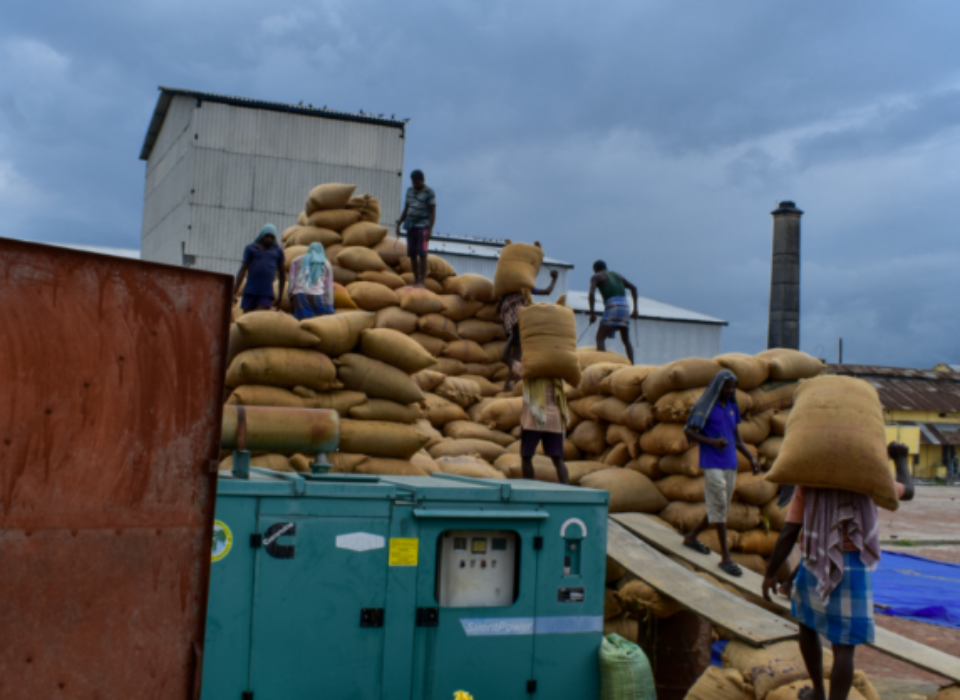
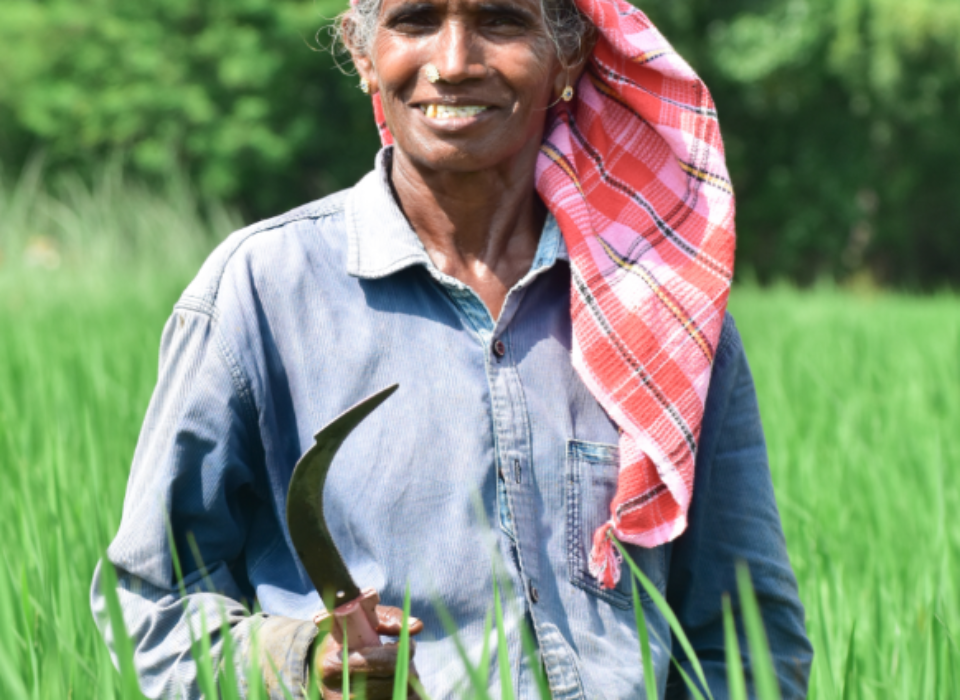
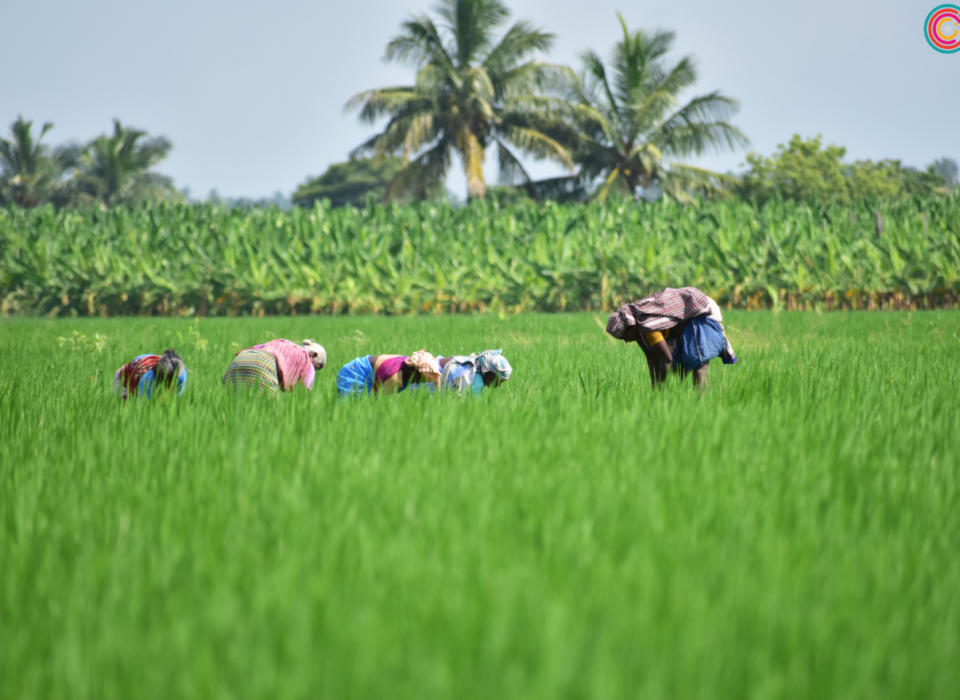
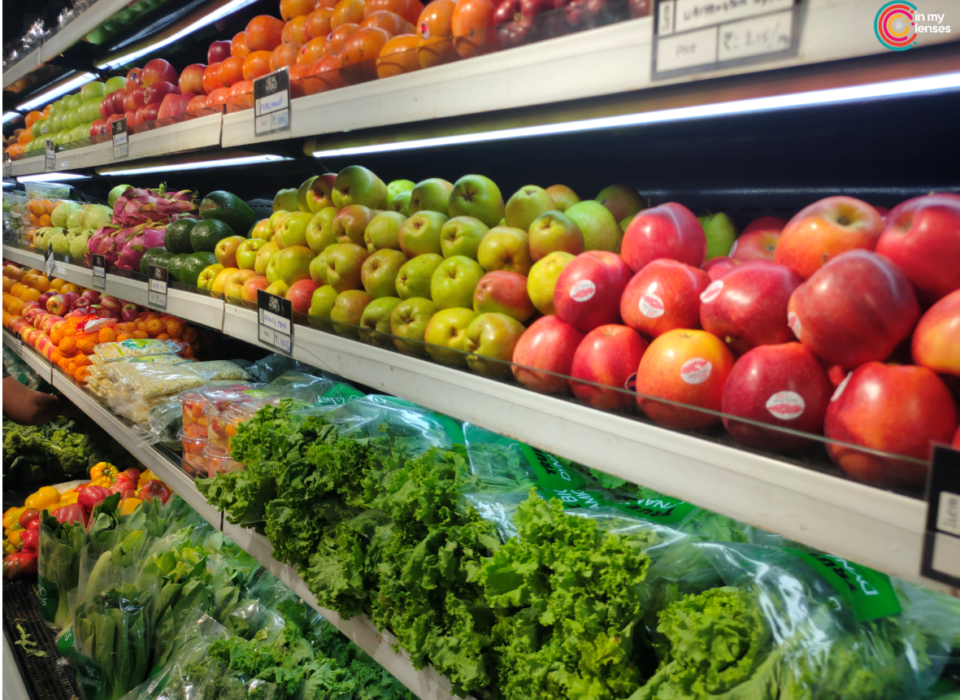

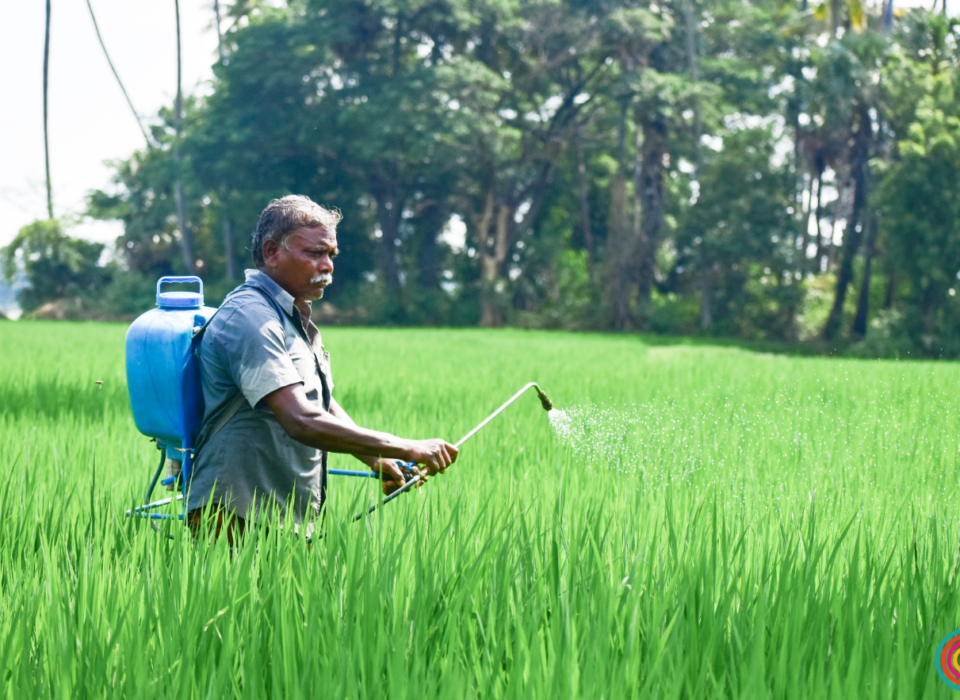
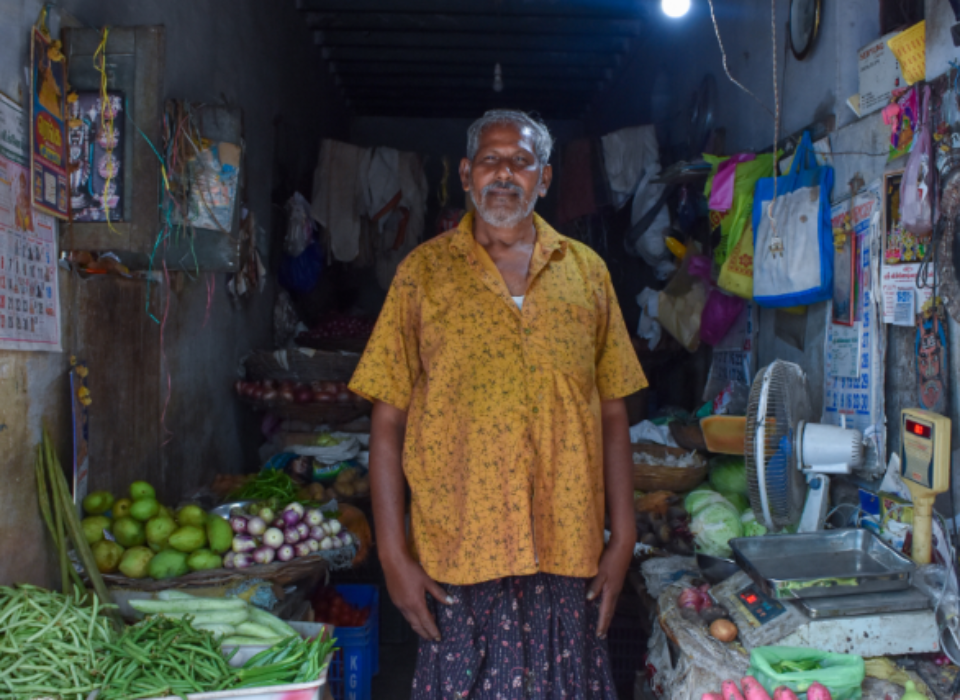


Thank you for this wonderful opportunity. It feels great to be able to part of this and contribute to awareness of this good cause.